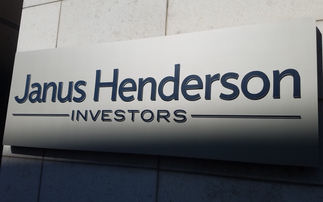
Higher interest rates have made growth investing much more challenging over the past year and a half.
Following a boom for growth stocks as monetary stimulus worked its way through the system there has been a significant pullback.
While the environment facing investors continues to be difficult as we come towards the end of 2023, growth investing can still deliver if done the right way.
In the latest Professional Adviser Digital Working Lunch, Jon Henry, investment specialist director at Baillie Gifford, laid out why a broader, open-minded approach to growth can reap rewards.
Henry described the last 18 months as an extraordinary period for stocks. He noted that with the onset of the pandemic, large tech businesses began to do very well as a result of people using online service more.
Once society began to open-up again however, demand normalised and it became clear which businesses had failed to manage the period well, he noted.
"This has led many to write off a growth investing," he said. "There has been no shortage of sticks with which to beat the growth investor over the last couple of years."
Henry noted that interest rate rises hit growth stocks because future cash flows are discounted at a higher rate, which reduces the present value of businesses. Also, higher rates make raising cash more expensive.
Faced with this tricky situation, investors need to think about growth investing more broadly, Henry explained.
"One thing we are confident about is we recognise that inflation and rates don't kill growth stocks," he said. "What's clear to us is that attractive returns can absolutely be generated after periods of peak inflation and interest rates." Henry added that careful selection of companies is required.
He said the market focus has shifted to proven business models, strong free cash flow and to earnings generation. The cost of capital has increased so the robustness of balance sheets is key.
Henry works closely with the managers of the Monks Investment Trust, and he laid out how they are tackling the challenging landscape.
"Monks has a diversified portfolio of growth equities from around the world that we believe can deliver a superior capital growth over the long term. And when I say long-term, we're looking at periods of five years or more."
He added that the trust is ‘intentionally simple', modestly geared and has a low level of exposure to unlisted securities.
It targets three different growth types. Firstly ‘growth stalwarts', which are the most well-established businesses, with a high degree of pricing power and customer loyalty.
The second type is ‘rapid growth'. These companies are the ‘maverick cousins' of the stalwarts. They grow fast by disrupting existing industries or creating new ones, Henry explained.
The third of the trio is ‘cyclical growth.' Henry said these are companies which have skilled teams allocating capital in counter-cyclical way to achieve profit growth.














